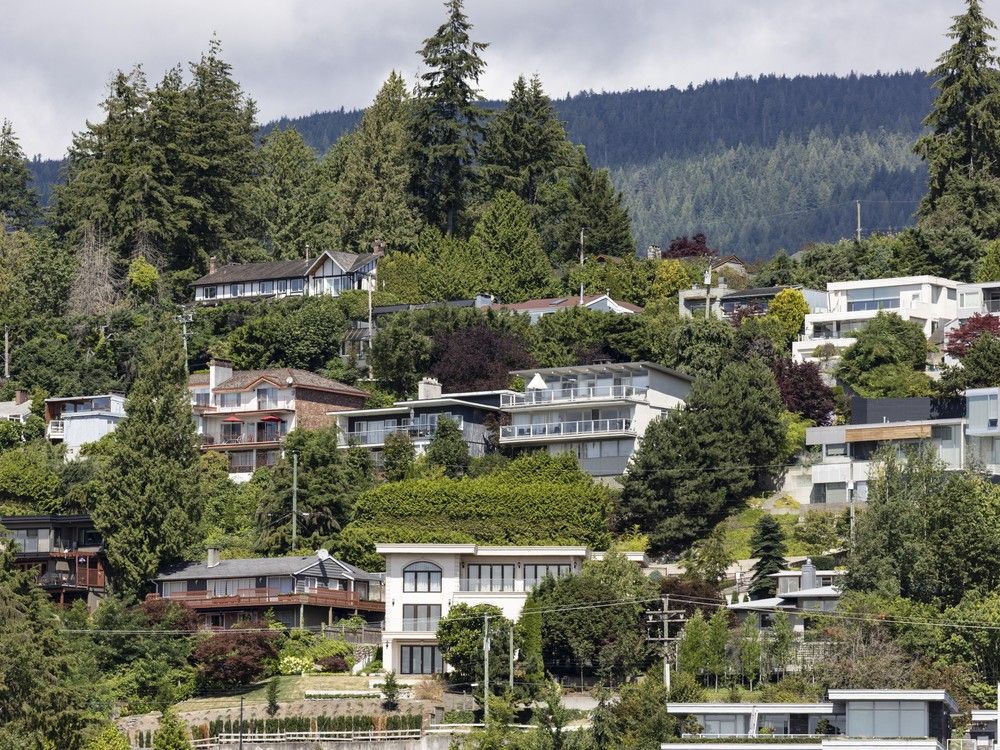
Both West Vancouver and Oak Bay’s history of turning down developers has scared off potential developers, making it difficult for the two municipalities to build more housing.
That finding was detailed in new reports released Thursday by Housing Minister Ravi Kahlon that examined why the two communities had fallen short of provincially mandated housing targets.
Under that mandate, West Vancouver had been tasked with building 220 new housing units over the first 12 months of the five-year plan imposed by the province, but only managed to construct 56.
Oak Bay, meanwhile, had been tasked with building 58, but only completed 16.
Capilano University instructor Ron Mattiussi, a former director of planning and chief administrative officer for the City of Kelowna, found that while West Vancouver Mayor Mark Sager and his council seem “somewhat supportive of increasing housing stock” they are also resistant “to any form of densification that impacts the character of neighbourhoods.”
He said that the current requirements for a preliminary application and public meeting before the council considers any project has driven developers away.
“The District of West Vancouver has had a well-deserved reputation as an affluent enclave resistant to
change,” concluded Mattiussi.
Final thoughts were much the same in Oak Bay where James Ridge, who has previously served as the deputy chief administrative officer for the City of Vancouver and the chief administrative officer for the District of North Vancouver, found the community has a “long-standing reputation for being anti-development.”
He said that there is no evidence the current council under Mayor Kevin Murdoch is trying to get around its requirements under the Housing Supply Act but rather that developers are spooked by past experiences and the current process for approvals is too cumbersome.
“The development community expressed frustration with Oak Bay’s processing times, fees, and the
political decision-making process,” said Ridge, explaining that almost all new developments currently require rezoning and an amendment to the local community plan.
Recommendations provided by the pair of advisers include updating community plans and zoning rules to ease development as well as repair relationships with the development community.
Mattiussi said the province should also designate the Park Royal/Taylor Way area as an area requiring transit-oriented development, which would allow units of up to 12 storeys in the surrounding community, and order the province to set a deadline for the council to come up with a plan for the area.
He also wants to see the district increase housing density near Ambleside Beach and Dundarave.
Ridge likewise wants Oak Bay to work with the University of Victory on opportunities for development on the 40-acres that make up Cedar Hill Corners but does not believe Carnarvon Park, which the council had proposed could hold 24 rental units, is suitable for housing.
Kahlon has directed that several of the recommendations be implemented, including that Oak Bay give staff more responsibility over minor variances and amend its bylaws to require only one parking stall per unit.
As for West Vancouver, the housing minister wants to see council allow for increased density around Ambleside and Dundarave by September 2026 and complete a create a local area plan for the Park Royal/Taylor Way area by the end of next year.
He also indicated he plans to designate the Park Royal/Taylor Way area as a transit-oriented development location.
“Let me be clear: This is not about punishing communities or removing authority from locally elected municipal councils,” said Kahlon.
“The goal of local housing targets is centred around working with municipalities to remove unnecessary barriers to affordability and get more homes built for people faster, and ensuring we are building healthy and economically vibrant neighbourhoods for people.”
More to come …